Short on garden space but big on flavor? Vertical herb gardens are a smart, space-saving solution for balconies, patios, and compact yards. These green walls not only bring fresh ingredients within arm’s reach but also add a touch of natural beauty to fences, walls, and trellises. By choosing the right herbs, you can create a thriving, productive vertical garden that looks great and tastes even better. Here are 10 top-performing herbs perfect for vertical growing—and small-space living.
1. Basil (Ocimum basilicum)
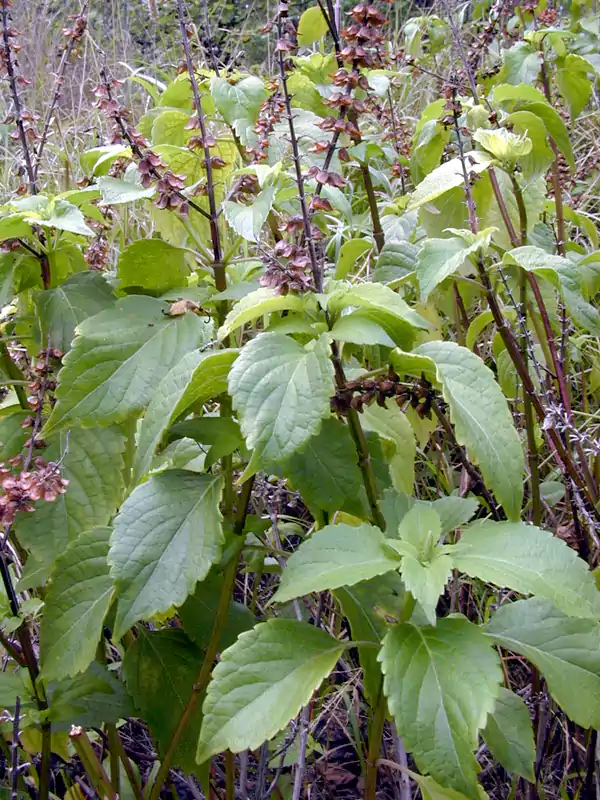
Basil is a must-have for vertical gardens thanks to its compact growth and endless culinary uses. With varieties ranging from sweet Genovese to spicy Thai, basil thrives in containers and vertical planters that offer full sun and good drainage. It’s a fast-growing annual that loves warmth, so place it in a sunny, sheltered spot. Pinch off flower heads to promote bushier growth and harvest leaves regularly. Perfect for vertical wall pockets, basil brings a fresh aroma and flavor to summer dishes, sauces, and salads.
2. Thyme (Thymus vulgaris)
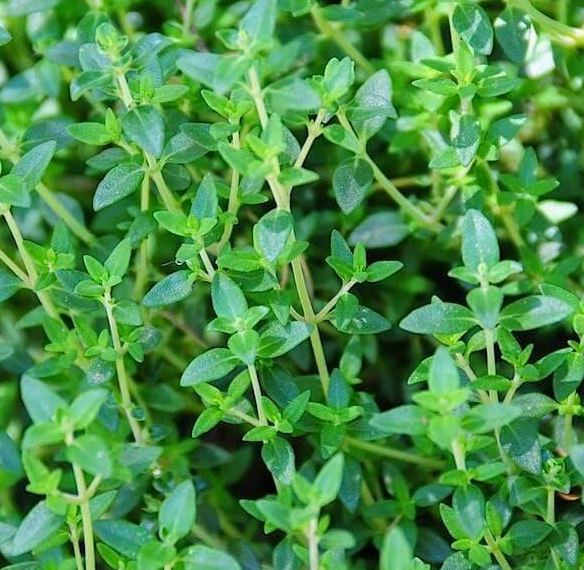
Thyme is a low-growing, woody perennial that’s incredibly adaptable to vertical planting. It loves sunny, dry conditions and thrives in wall planters, hanging pockets, or even between slats of a vertical pallet garden. Thyme’s small, fragrant leaves pack a punch in culinary dishes and its trailing habit adds visual interest to your green wall. Once established, it’s drought-tolerant and requires minimal maintenance. Perfect for Mediterranean-style cooking, thyme adds both beauty and flavor without taking up precious space.
3. Mint (Mentha spp.)
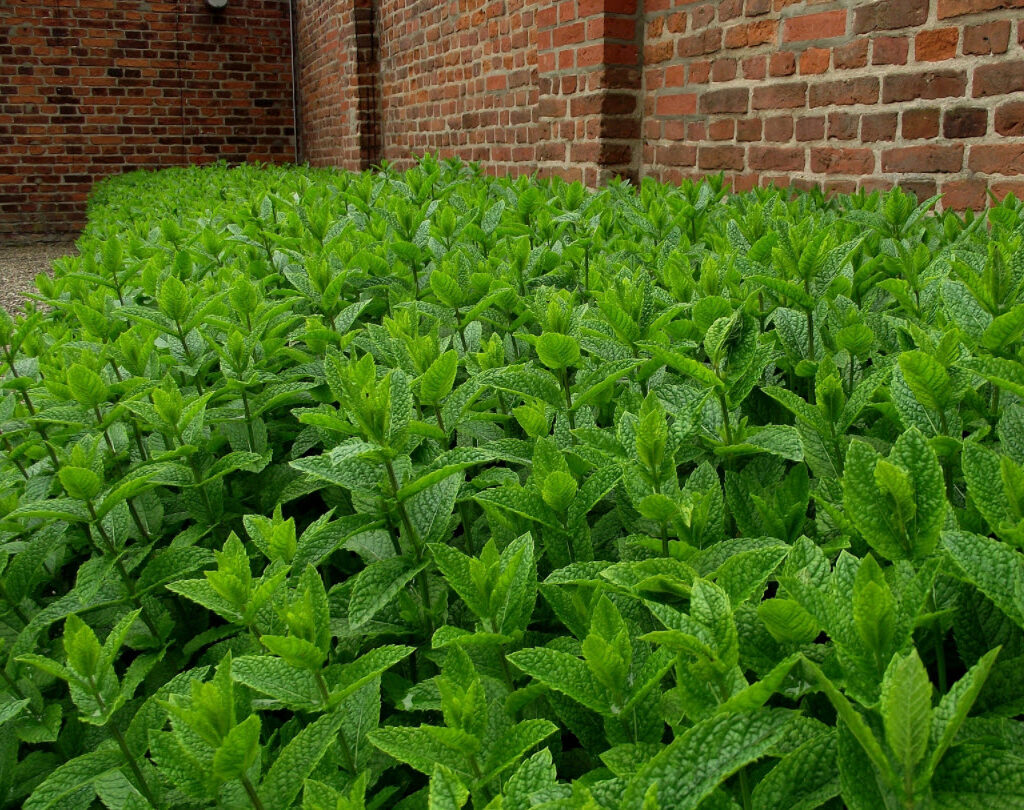
Mint is known for its vigorous growth, making it ideal for containerized vertical gardens where it can be controlled. Its aromatic leaves are perfect for teas, cocktails, and desserts. While mint can become invasive in ground soil, it thrives in confined spaces like wall pockets or vertical towers. It prefers partial sun and moist soil. With varieties like spearmint, peppermint, and chocolate mint available, you can enjoy a diverse and refreshing vertical mint bar right at home.
4. Parsley (Petroselinum crispum)
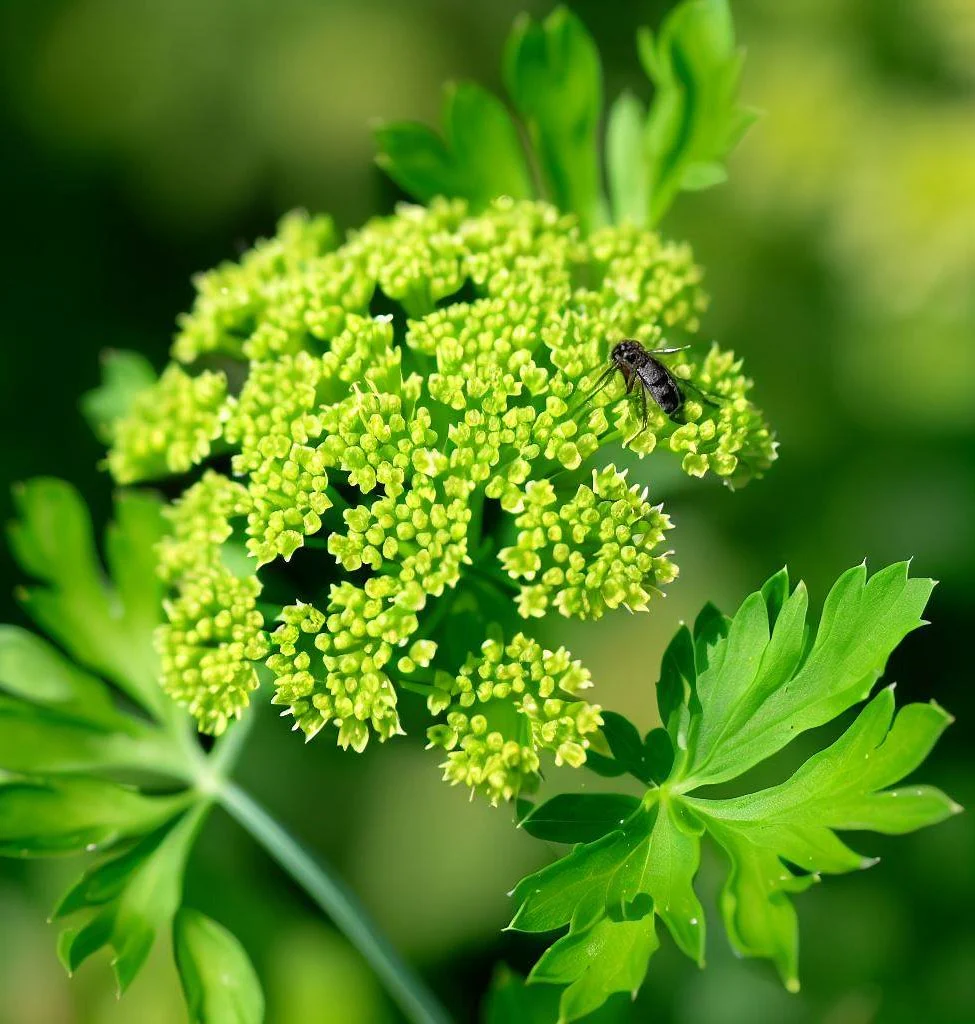
Whether you choose curly or flat-leaf (Italian) parsley, this biennial herb is easy to grow in vertical setups. Parsley does well in partial shade or full sun and appreciates consistent moisture. It’s great for layering in wall planters or tiered garden systems, offering lush, green foliage with culinary appeal. Snip stems from the outer edge to keep the plant productive. Perfect for garnishing and seasoning, parsley is a resilient, compact herb that deserves a spot in every vertical herb garden.
5. Oregano (Origanum vulgare)
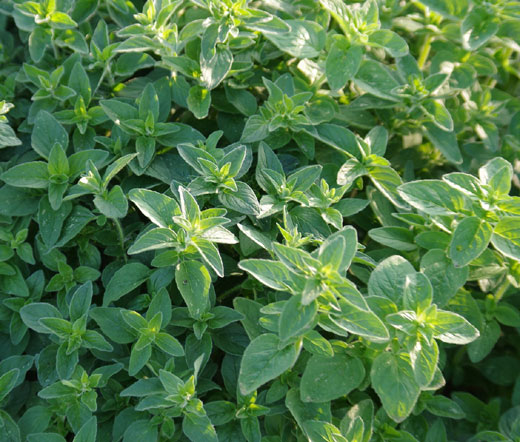
Oregano is a sun-loving perennial herb with small, pungent leaves perfect for sauces, soups, and marinades. It adapts beautifully to vertical gardens and has a trailing habit that spills over the edges of containers, softening the look of vertical structures. Hardy and drought-resistant, oregano thrives in well-drained soil and full sun. It’s also a magnet for pollinators when in bloom. In vertical arrangements, pair oregano with thyme and basil for a Mediterranean-inspired mini herb wall.
6. Chives (Allium schoenoprasum)
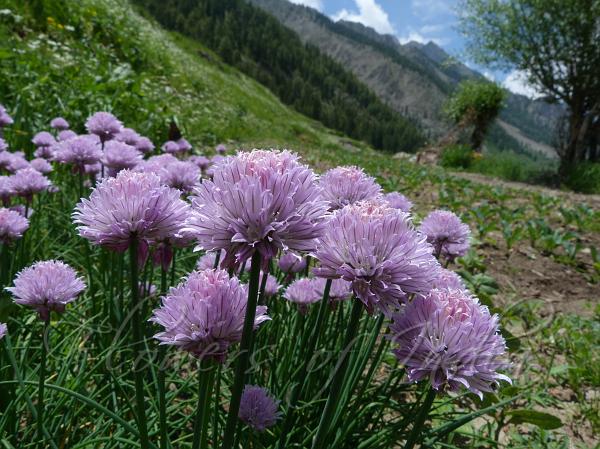
Chives are a vertical garden favorite thanks to their upright, grass-like appearance and mild onion flavor. This hardy perennial does well in containers and can be grown year-round in milder climates. Chives require moderate sunlight and regular watering to thrive in tight vertical spaces. Not only do they provide a continuous supply of flavorful stems, but their purple pom-pom blooms attract beneficial insects. Snip regularly to encourage fresh growth—great for topping salads, eggs, and soups.
7. Cilantro (Coriandrum sativum)

Cilantro is an annual herb with a fresh, citrusy flavor that’s essential for salsas and international dishes. It prefers cooler weather, so it’s ideal for spring and fall planting in vertical setups. Cilantro can be grown in compact rows or pocket planters and benefits from good drainage and partial to full sun. Harvest leaves young, and if allowed to flower, the plant produces coriander seeds another culinary treasure. Fast-growing and fragrant, cilantro adds a bright zing to vertical herb collections.
8. Lemon Balm (Melissa officinalis)
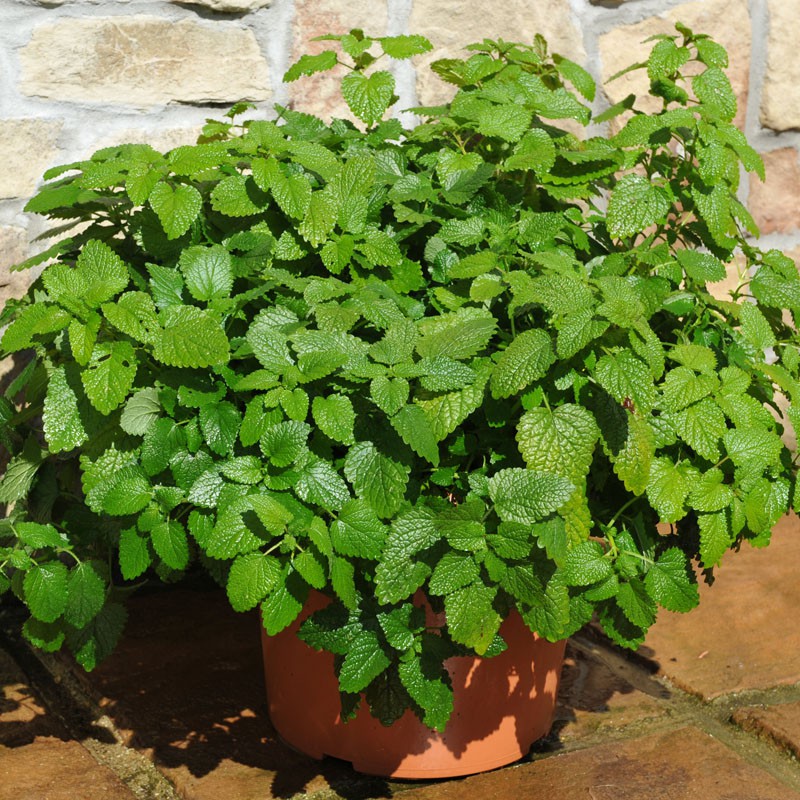
Lemon balm is a fragrant perennial from the mint family that emits a citrusy scent when touched. Perfect for teas, desserts, or simply brushing by, it’s a soothing herb that thrives in partial sun and rich soil. In a vertical setup, lemon balm can be grown in pockets or modular planters. It can grow vigorously, so vertical containment helps manage its spread. Harvest regularly to keep it bushy and productive, and enjoy its calming aroma throughout the seasons.
9. Sage (Salvia officinalis)
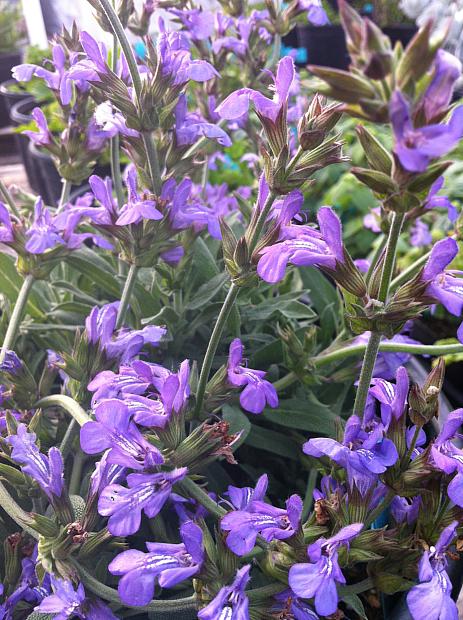
Sage is a hardy perennial with soft, gray-green leaves and an earthy, savory flavor. It’s excellent in poultry dishes, stuffing, and herbal teas. In a vertical herb garden, sage does best in full sun and well-drained soil. Its semi-woody stems and bushy habit make it perfect for the middle or lower levels of a vertical garden. Once established, it’s drought-tolerant and resilient. Sage also produces attractive purple-blue flowers that attract pollinators while adding ornamental charm.
10. Tarragon (Artemisia dracunculus)
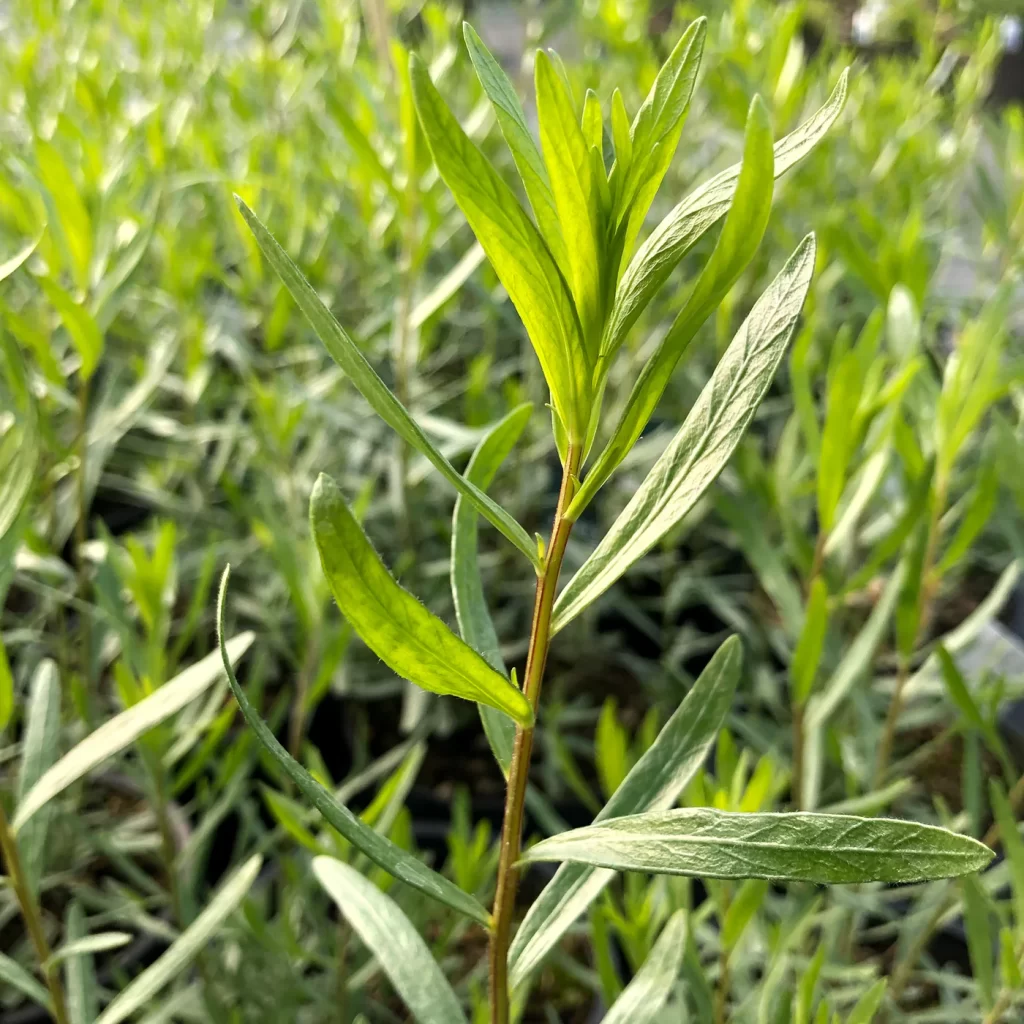
French tarragon is a lesser-known but incredibly flavorful herb with a subtle anise-like taste that’s perfect for fish, poultry, and sauces. It thrives in containers with full sun and excellent drainage, making it an ideal candidate for vertical herb gardens. Tarragon has a slender, upright growth habit and doesn’t spread aggressively, so it fits well in confined spaces. Though it prefers a bit of warmth, it’s a hardy perennial in zones 5–8. Trim regularly to maintain shape and encourage fresh growth.





